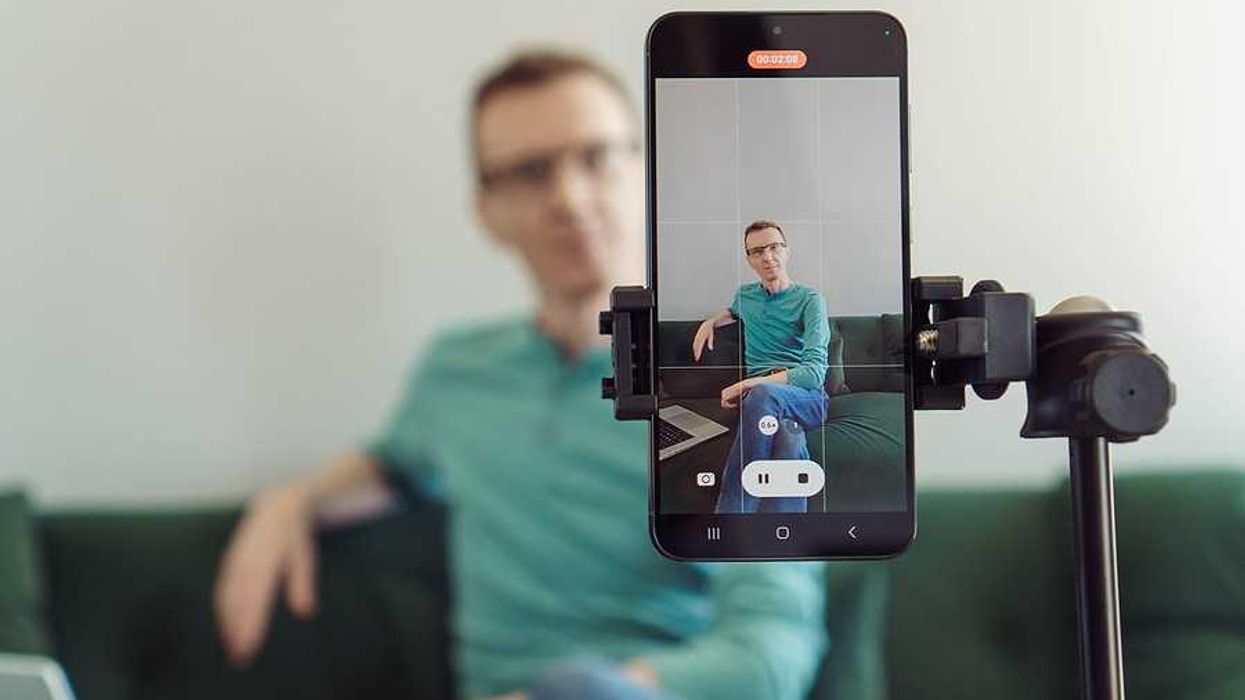By now, you’ve certainly heard why a polished, professional LinkedIn profile could actually be MORE important than your resume. However, you could spend hours perfecting your profile, and still not receive results from it.
But don't give up! Here are five common reasons your LinkedIn presence isn't drawing attention for your job search or business:
Problem #1: You Forgot To Apply The Principles Of SEO
A fantastic
LinkedIn profile is still like the proverbial tree falling in the forest, because if you fail to make it easily searchable, no one will actually find it.
The best way to do this is to conduct some due diligence on the keywords used by others who are looking for new hires. Recruiters and
employers often look for candidates with a particular job title, and specify a city as another parameter.
Think of a
recruiter intent on finding a Senior Vice President of Sales in San Francisco, and you'll have the right idea.
So, you'll want to pop that desired job title or career level into as many parts of your profile as possible, in addition to skills that describe your experience.
Problem #2: Your Profile Text Looks Like A Dry Bio
Your digital presence should do more than merely exist, pulling in the reader with a narrative that lets you explain your unique selling proposition (USP) in detail. Therefore, if you dump the contents of your resume summary or biography into LinkedIn, it’s not going to work.
In fact, pasting sections of your traditional resume straight into any online social networking site is asking for trouble, because these documents are written for print, not the Web.
Online copy is fresh, concise, and a bit more energetic than your resume, and it should be written in first-person to engage your reader as an individual.
Problem #3: You Gave Away The Store
I’m commonly asked where and how to attach a resume to a LinkedIn profile. Well, there IS a way, but don’t do it!
Generate a little intrigue by refraining from providing every last bit of information to employers and recruiters. Think of your profile as the introduction (with almost the same purpose as a
cover letter), where you can add just enough data to make employers want more.
Then, then back off and make it easy to connect with you (or contact you directly) so you don’t commit problem number five.
Problem #4: Your Dates Aren't Working To Your Advantage
Searching for a job in your 40’s, 50’s, or 60’s? Don’t give employers reason to filter you out by including all that work history dating back to the 1980’s or 1970’s – please!
In fact, assuming your
resume has a great strategy for combating
age discrimination, be sure to employ the same techniques on your LinkedIn profile.
You’ll quickly find employers are most interested in your last decade of experience, and adding too much information leads to problem number three.
Problem #5: You Didn’t Pay Attention To Contact Settings
Yes, LinkedIn is a social networking site (with a business purpose, of course). Then what’s the idea behind preventing others from contacting you?
There’s nothing worse than finding a great professional contact on LinkedIn, only to see the message,
“Bob is not open to receiving invitations or InMail.”
The Contact Settings section allows you to give a brief blurb about the best way to reach you, and this is a great place to list either an e-mail address, a phone number, or both.
However, you’ll also want to ensure the parameters within your Contact Settings are checked so you can receive any combination of Introductions, InMail, and OpenLink Messages.
So, if your profile isn't generating enough interest, I recommend going back over your content and ensuring you're using a well-thought-out strategy to draw the world to your digital door.
Photo Credit: Shutterstock

 Bigstock
Bigstock Bigstock
Bigstock Bigstock
Bigstock


